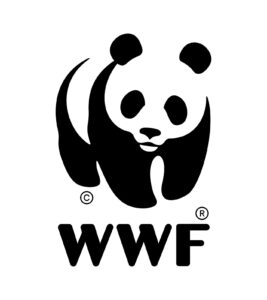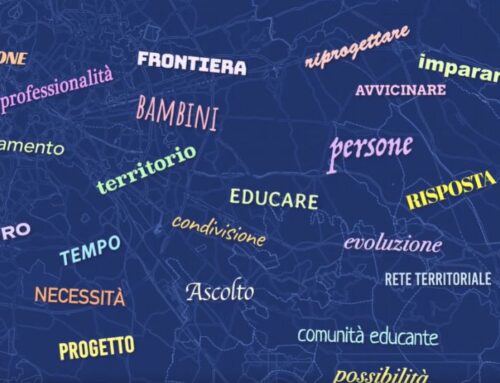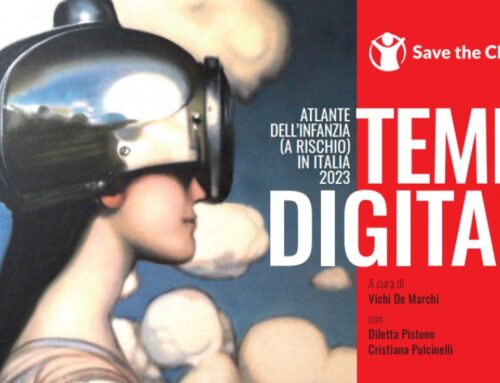gisAction in Esri ArcGis StoryMaps competition
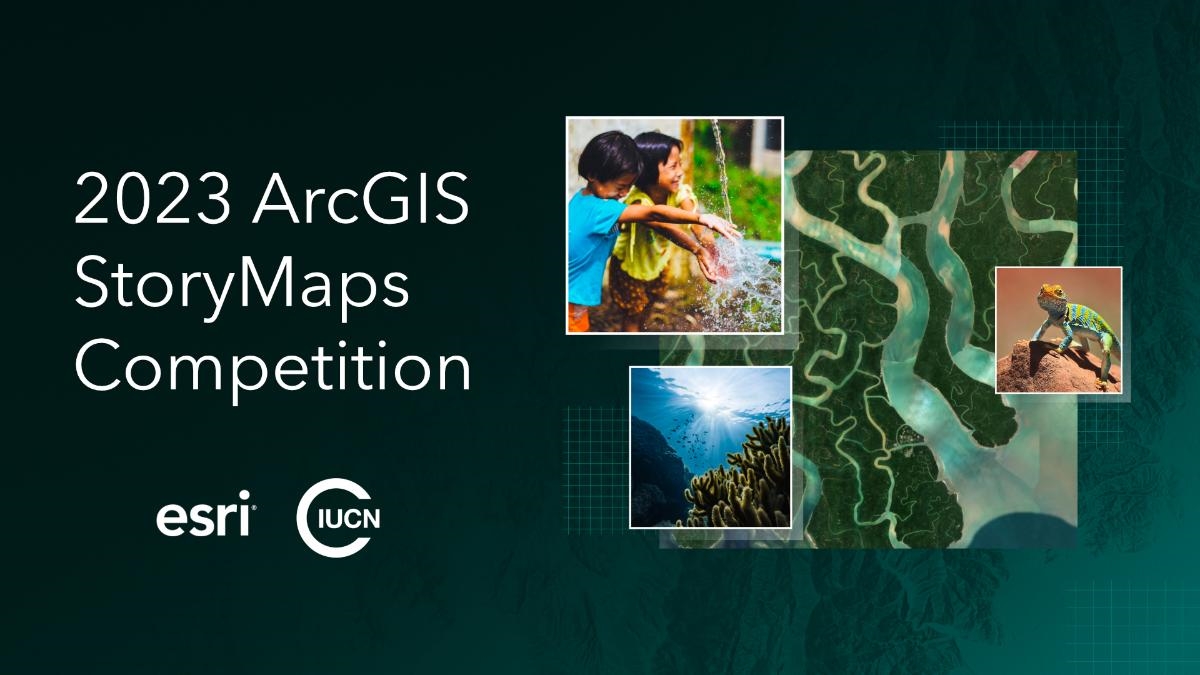
Esri and the International Union for Conservation of Nature (IUCN) jointly organized the ArcGIS StoryMaps Competition in 2023. The competition encouraged storytellers from around the globe to craft narratives centered on the preservation of the Earth’s lands and waters.
gisAction and WWF Italia teamed up to showcase the oasis effect in support of the 30×30 challenge.
In the journey towards achieving the 30×30 goal for biodiversity conservation, WWF Italia is playing a crucial role, pushed by its commitment to protecting nature and fostering sustainable coexistence.
Its collaboration with gisAction has been instrumental in shaping effective conservation strategies and showing the capability of a StoryMap.
gisAction played a contributory role in mapping and assisted in locating over 100 oases across Italy, offering insights into the areas most threatened by human interventions.

Illuminating Biodiversity Conservation in Italy with GIS
Beyond mapping over 100 oases across Italy, gisAction has illuminated the critical issue of biodiversity under threat and desperate need for protection. Recognizing the pressing need for biodiversity conservation, WWF Italia has leveraged GIS with the assistance of gisAction to tackle this urgency in Italy. Through precise mapping of areas rich in biodiversity that face anthropic threats.
The Oases have been instrumental in saving endangered environments such as wetlands, lowland areas, and coastal regions. These areas are critical for the survival of many animal and plant species, including symbolic ones like the Sardinian deer, the Otter, and the Wolf.

Italy boasts rich biodiversity, yet faces severe threats with 68% of ecosystems endangered and 30% of vertebrate species at risk.

The Mediterranean, covering a small area, hosts significant biodiversity, with 17,000 species, but faces threats including habitat degradation, overfishing, and pollution.
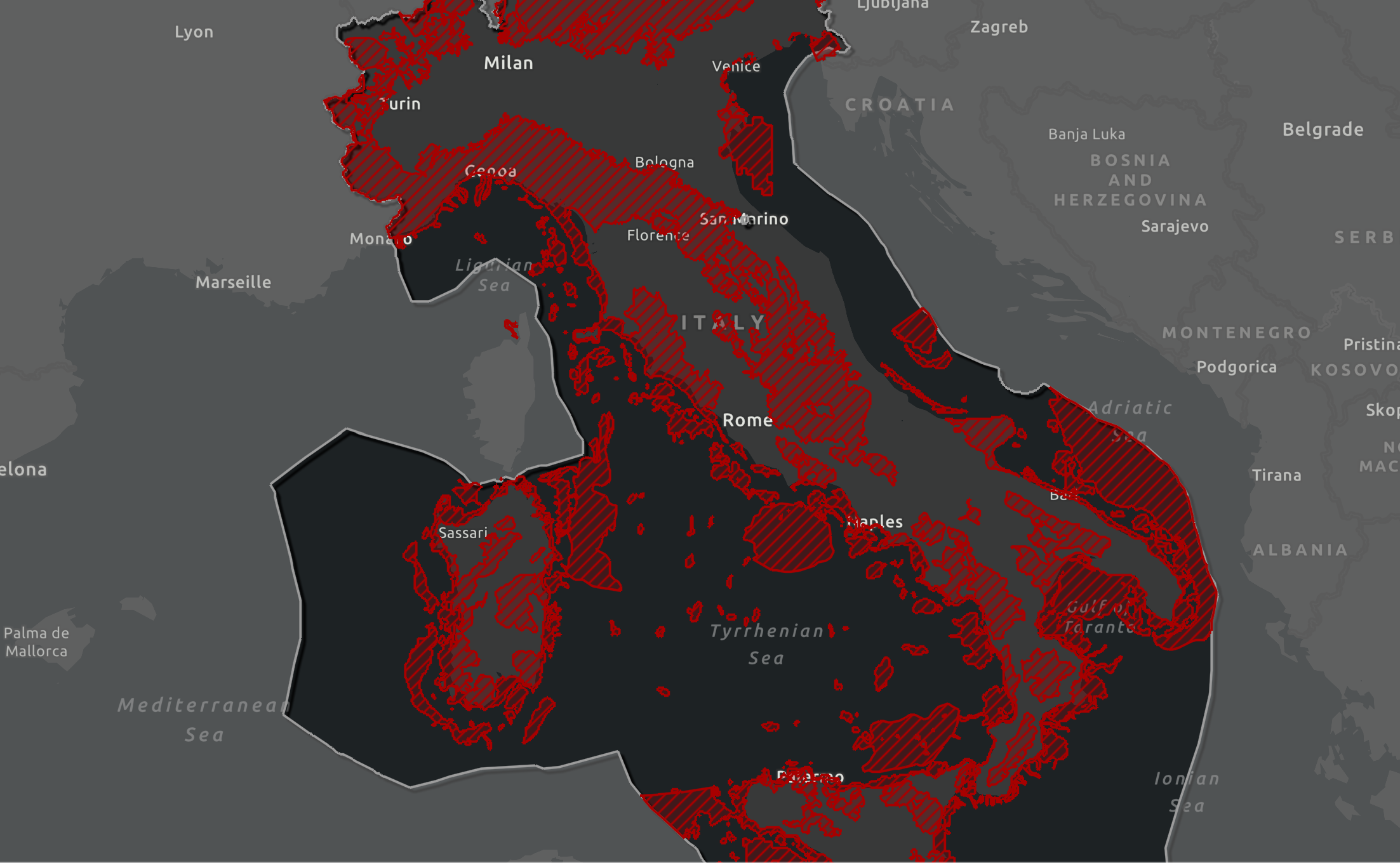
Cross-referencing biodiversity data pinpointed 15 priority areas for protection, including the southern Adriatic, Sicilian Channel, Carnic Alps, Lombard Prealps, and others.
In coastal conservation, Geographic Information Systems (GIS) and StoryMaps are essential for comprehending and communicating the complexities of marine management. One of these tools is demonstrated through;
Visualizing Co-Management Plans: StoryMaps provide an interactive platform for illustrating the co-management plan, for example in Torre Guaceto. Users can explore the different elements of the plan, including spatial zoning schemes and regulations on fishing gear usage, fostering a deeper understanding of the collaborative efforts in sustainable marine management.
Working together for sustainability!
The protection and establishment of 30×30’s goal, aiming to safeguard biodiversity and natural resources, require collaboration between local communities, state, regional, and local bodies. This involves defining and approving new protected areas or Other Effective Conservation Measures (OECMs), as well as expanding existing ones as per the 1992 Framework Law. The focus is not merely on achieving a numerical target, but on effectively conserving natural capital for future generations. The significance of nature for human survival, encompassing essentials like oxygen, water, food, materials, medicinal principles, cultural values, and spiritual elements, underscores the necessity of protecting it. Ultimately, efforts to protect nature are tantamount to safeguarding humanity itself.
By leveraging the synergy of geospatial technologies and storytelling, communities and ecosystems can move towards a future where they thrive in harmony.
The collaboration between gisAction and WWF Italia exemplifies the power of combining advanced technology with dedicated conservation efforts. By mapping and protecting biodiversity-rich areas, they are not only safeguarding Italy’s natural heritage but also educating and engaging the public in the importance of conservation.
Who we worked with
WWF Italia is a member of WWF International and was founded in Italy in 1961. The WWF Mission is finalized to stop the degradation of the planet’s natural environment and to build a future in which humans live in harmony with nature by: i)conserving the world’s biological diversity; ii)ensuring the sustainable use of renewable natural resources; and iii)promoting pollution reduction and wasteful consumption.
WWF Italia’s core efforts are separated into nature conservation, site management, territorial protection, and education.
